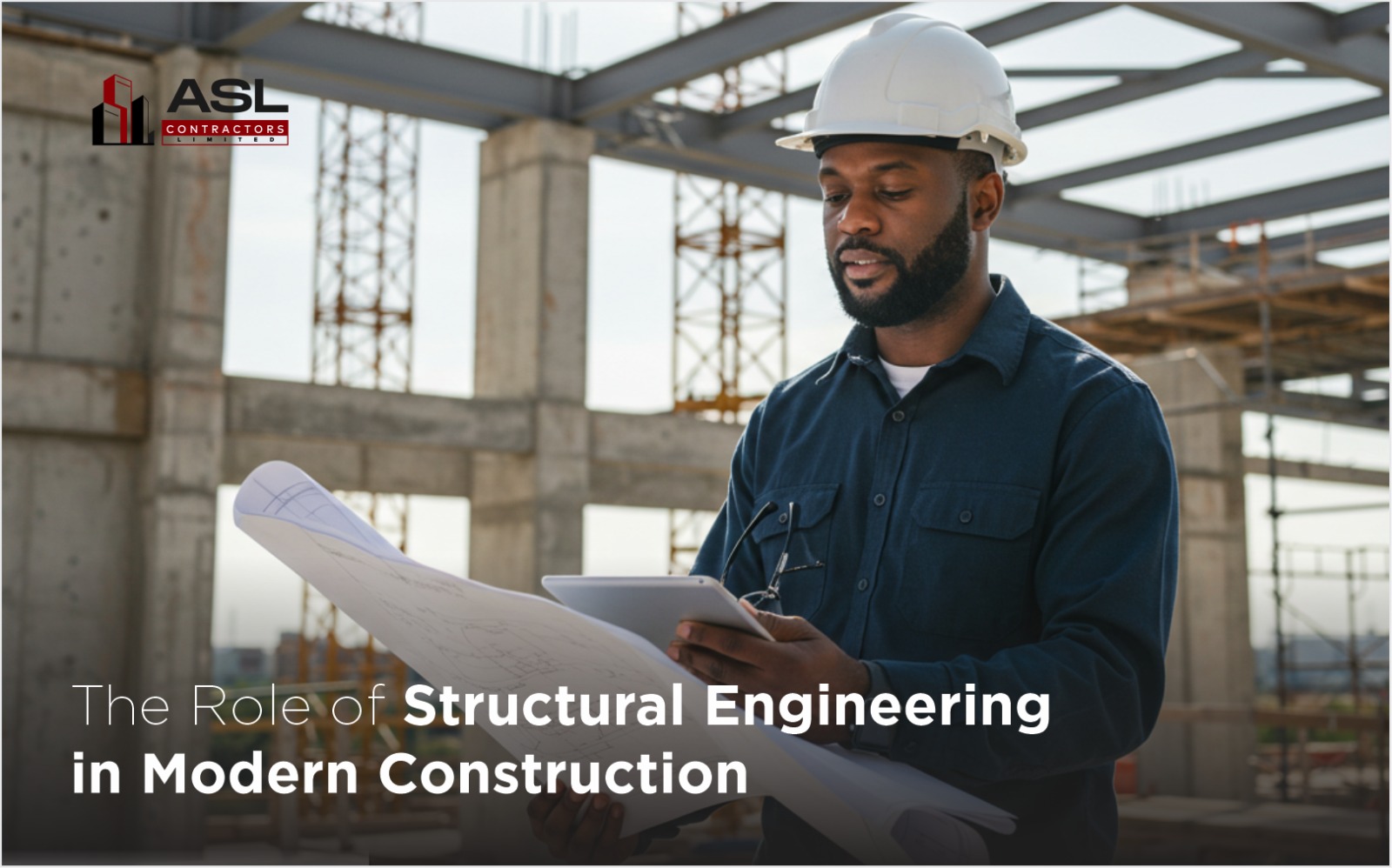
Structural engineering is the backbone of modern construction, ensuring that buildings and infrastructure are safe, durable, and efficient. As a specialized branch of civil engineering, it focuses on designing, analyzing, and maintaining load-bearing structures that withstand environmental forces such as wind, earthquakes, and heavy loads. Whether it’s high-rise towers, bridges, or commercial complexes, structural engineers play a crucial role in shaping stronger, smarter, and more sustainable cities.
Why Structural Engineering is Crucial in Modern Construction
1. Ensuring Structural Stability and Safety
One of the primary roles of structural engineers is to assess load-bearing capacity and design buildings that can withstand forces such as wind, earthquakes, and weight loads. Whether it’s a high-rise commercial tower or a residential home, a well-designed structure prevents collapse and structural failure, ensuring occupant safety.
2. Enhancing Durability and Longevity
Structural engineers select materials that enhance durability while optimizing cost-efficiency. By considering weather conditions, environmental impact, and long-term sustainability, they ensure buildings remain functional and strong for decades without frequent repairs or major structural issues.
3. Supporting Architectural Innovation
Modern architecture relies on structural engineers to bring creative and ambitious designs to life. From futuristic skyscrapers to earthquake-resistant bridges, engineers apply advanced mathematical modeling, material science, and design principles to make complex architectural ideas structurally feasible.
4. Improving Energy Efficiency and Sustainability
As sustainability becomes a top priority in construction, structural engineers play a key role in designing eco-friendly buildings. They integrate energy-efficient materials, optimize building orientation for natural lighting and ventilation, and incorporate renewable energy solutions like solar panels and green roofs to minimize environmental impact.
5. Disaster-Resistant Infrastructure
In regions prone to earthquakes, hurricanes, or floods, structural engineers develop resilient building designs that can withstand extreme conditions. Using seismic retrofitting, flexible foundation techniques, and impact-resistant materials, they reduce the risk of catastrophic damage during natural disasters.
With technological advancements and a growing focus on eco-friendly solutions, the field continues to evolve, shaping the future of construction worldwide.
Looking for Reliable Structural Engineering Solutions?
At ASL Contractors, we specialize in structural design, project execution, and sustainable construction solutions. Contact us today to bring your construction vision to life with expertise.
l

Leave A Comment